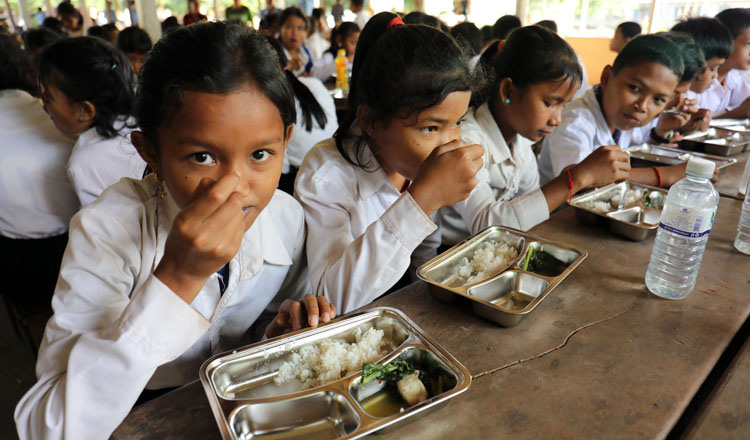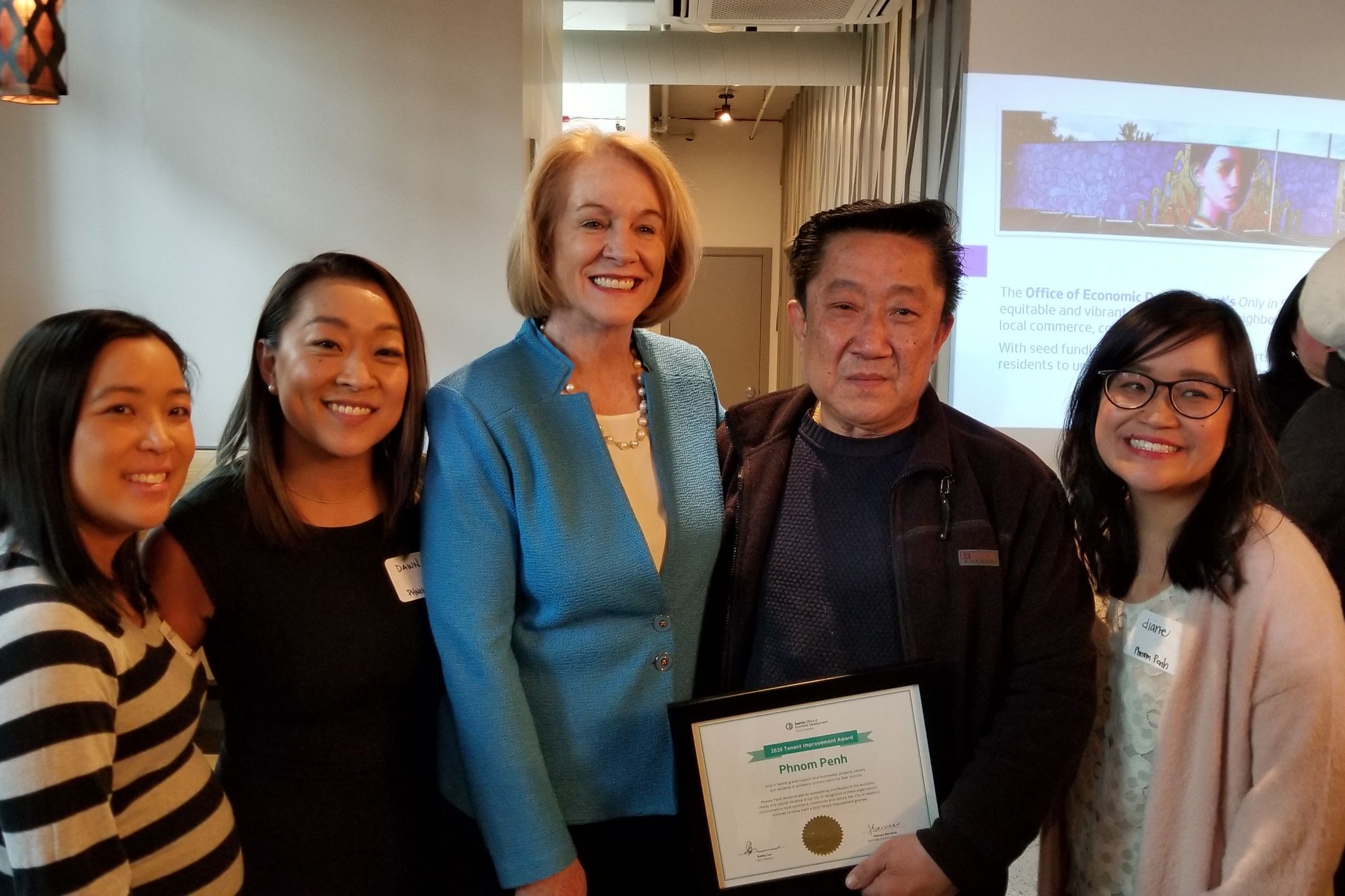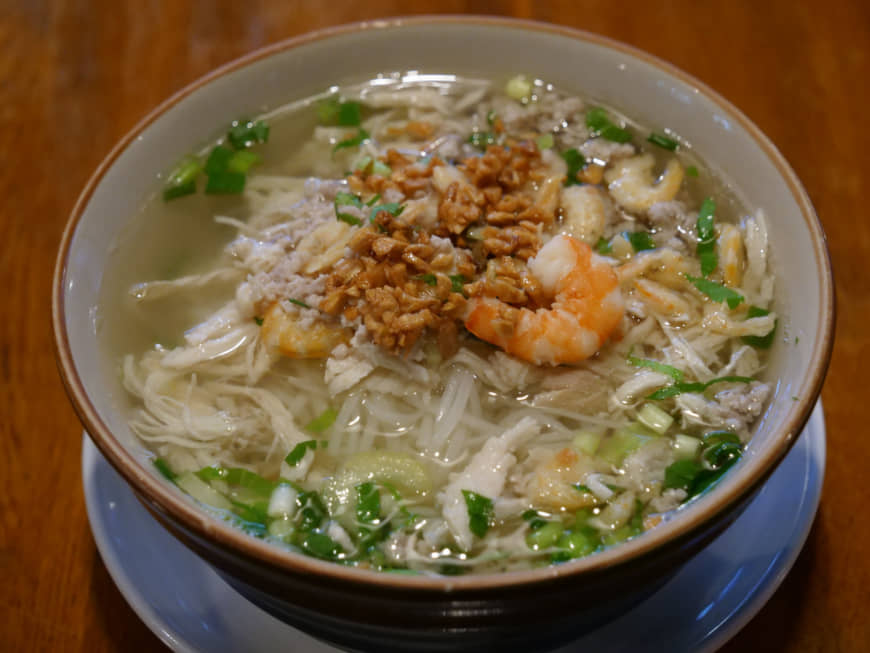Food Diplomacy for Cambodia’s Nation Branding
Food as a tool for socialisation and identity building
Food is an essential element of the intangible culture of a country. Some scholars look into the chain of food production from preparation to distribution and finally its consumption by a family or community. Others study the socialisation process of the cultural life of food. These studies showed that food and meal rituals are excellent tools for socialisation. It serves as a form of social communication, both religious or secular. It is a symbolic representation that projects cultural ideas, values, aesthetics, identities, and attitudes. It creates a communal identity. Some food reaches higher symbolic levels to become a “national” dish. For instance, curry is linked to India, while sushi represents Japan. Some food results from the fusion of multiple culinary traditions like the British fish and chips, which is a combination of Iberian fried fish with Belgian fried potatoes. These culinary traditions may be constructed as one of the most powerful symbols of national identity. People, especially those who settle afar from their motherland, tend to define themselves with food. Ethnic clusters of Chinese restaurants in Chinatowns around the world are strong examples of the role that food has aside from nutrition, but as space for Chinese migrants to gather with friends and families from their hometowns. Because of this strong cultural link, food can be strategically deployed as a diplomatic tool for nation branding.
Food as a Tool for Public Diplomacy and Nation Branding
Food diplomacy is a type of cultural diplomacy, which in turn is a subset of public diplomacy. Since ancient times, royal courts offered lavish feasts to foreign diplomats and dignitaries. Food served at the royal court of Versailles or Constantinople was used to impress and show power. In times of conflict between nations, the control of food supplies was used to win battles. In modern times, during high-level summits host countries strategically hold magnificent feasts to “ease tensions” and to create a conducive atmosphere for negotiations. Hence, cuisine is used as a form of diplomacy that emphasises the importance of relations between countries and, more importantly, ties between national leaders. Sometimes, smaller informal meals served by kings may be used to create diplomatic intimacy that favours key negotiations.
Some scholars consider “food as an ambassador” to enable the practice of effective public diplomacy. However, food diplomacy is not only practised by career diplomats but also by non-state actors such as celebrity chefs, cooking television shows, travel or public relations agencies, and more recently, broadly used in social media. Food diplomacy has proven to be an excellent tool for nation branding, in view to extend its soft power. Food is used by many nations to promote their cultures, brand their national image, advance their food industries on the global market, attract tourists, and build international partnerships. Gastro-nationalism is a unique way to promote a nation’s tradition. France, for example, was able to lobby to enlist French gastronomy in the UNESCO’s list of Intangible Cultural Heritage. Indeed, all nations would claim the same international prestige. After all, Italy, China, Cambodia and countless other nations can also boast their own culinary traditions developed and refined over centuries.
Food Culture in Cambodia
The rich culinary history of Cambodia is the result of its abundant biodiversity that offers a wealth of nutrients, flavours and fragrances. Before setting foot in Cambodia, many visitors think of the “Kingdom of Wonder” and its splendid temples of Angkor. Few have ever thought that food and beverages were at the core of ancient royal rituals to worship Brahma, Vishnu, Shiva, Lord Buddha or kings. Cambodia is blessed with natural ingredients that can be extracted from her fertile soil, geography and tropical climate and transformed into fresh, sweet, and sour delicacies. Prahok is an essential ingredient of countless authentic Khmer recipes, which is a combination of rice, salt and fish, producing a fermented protein paste which provides the unique umami sensation that enhances and harmonises the four traditional basic tastes of sweet, sour, salty and bitter. Khmer cuisine commonly uses sugar, lime, and fish sauce to bring out the sweet, sour, and savoury flavours of any local ingredients, in combination with fresh herbs and fragrant spices such as lemongrass, galangal, kaffir lime leaves, and turmeric. Over the centuries through cultural diffusion, prahok even made its journey from the Mekong region to Japan where it evolved into “narezushi” – the earliest form of sushi. This historical fact would surprise many people in Cambodia and even more so around the world.
Options for Cambodia Food Diplomacy
Despite its rich culinary traditions, Cambodia has not yet fully exploited this extraordinary opportunity for nation branding until recently when food became one of the pillars of its cultural diplomacy strategy. Cambodia can learn a great deal from other countries that have excelled in using food as a tool to promote their cultural identity in the international arena. What would be the ideal and most effective strategy and roadmap for Cambodia’s food diplomacy? There are unlimited approaches and models for this endeavour. The programmes could be led by the government in cooperation with non-state actors. Diplomats posted abroad should be trained in various techniques of food promotion. Famous Cambodian chefs should act as “food diplomats” with support from the government. Their talent should be widely promoted and exposed abroad through the publication of their cookbooks or on a culinary roadshow.
Cambodian permanent missions could engage Cambodian restaurants abroad to help promote our culinary culture. Cambodia may emulate a multitude of food diplomacy programmes launched across the globe by state and non-state players. These include the “Nordic Food Diplomacy”, “Japanese Restaurants Overseas”, “Global Thai”, “Malaysia Kitchen for the World”, “Perú Mucho Gusto”, “Korean Cuisine to the World”, etc. Recently, the Cambodian Ministry of Foreign Affairs and International Cooperation pinpointed cultural diplomacy as one of the pillars of the Kingdom’s foreign policy, in which food occupies a key position. Soon, this new diplomatic initiative will reveal our rich culinary tradition to the world.
Chhem Rethy. MD, PhD (Edu), PhD (His), is an Honourary Distinguished Fellow of the Asian Vision Institute (AVI).
Chhem Siriwat, Master in Digital Technology Management is the Director of the Centre for Inclusive Digital Economy (CIDE) of AVI
This article was originally published via the Centre for Inclusive Digital Economy (CIDE) of the Asian Vision Institute (AVI).
Khmer Times



